For the first time since 2018, the federal government entered a shutdown after Congress missed the deadline for passing a funding bill. While there was Republican support for a short-term bill that would last until Nov. 21, AP reported the Democrats blocked the measure, saying it didn’t “address their concerns on health care.”
This shutdown will be extremely harmful not only to the public but also to federal employees and active duty service members, who will work without pay during this time. NPR reported that, along with the hundreds of thousands of federal employees who will either work without pay or be furloughed, “services like Social Security benefits and passport applications will continue,” but could start to see delays.
What Causes a Shutdown?
A government shutdown happens when Congress is unable to pass appropriations “that keep the federal agencies running into the next fiscal year,” U.S. Representative of Sacramento County Ami Bera wrote.
No agreement was reached before midnight, resulting in a shutdown at 12:01 a.m. ET on Oct. 1. Bera wrote that while some essential services are not discontinued during the shutdown, others are “currently disrupted or delayed.”
Impact on Colleges and the Public
Of all the employees for the Education Department, 95% of those who don’t work on federal student aid “will be furloughed without pay in the first week” of the government shutdown, along with the “thousands of others throughout the federal government,” Katherine Knott wrote for Inside Higher Ed.
According to the Department of Education’s draft plan, if the shutdown lasts longer than a week, it will bring back approximately 330 employees — leaving 87% of the department furloughed.
“Student aid dollars will continue to flow through programs including the Pell Grant, student loan payments will be due and the Free Application for Federal Student Aid will remain open,” Knott wrote. “However, the department is planning to cease grant-making activities and pause civil rights investigations.”
The longer the shutdown goes, the more “disruptive” it will be. Agencies outside the Education Department must prepare shutdown plans, which could impact their staff and potentially redirect resources from public services.
But how is someone close to home affected?
Areas around Riley County are feeling the impact. Fort Riley closed 15+ departments and furloughed employees following the shutdown, the Kansas Reflector reported.
Fort Riley wrote in a Facebook post that during the shutdown, emails and phone calls affecting civilian staff won’t be answered, many social media channels will be unmonitored and some services will be temporarily unavailable. Normal operations, however, will resume once federal funding is restored.
“We appreciate your patience and understanding during this time,” Fort Riley wrote.
According to NerdWallet, “Delivery won’t be interrupted for benefits like the Supplemental Nutrition Assistance Program (SNAP) — once known as ‘food stamps’ — as well as the Special Supplemental Nutrition Program for Women, Infants and Children (WIC).”
The programs have “contingency funds,” however, if the government shutdown lasts longer than 30 days, similar to the last shutdown in 2018 that lasted 35 days, there can be significant strain on the Department of Agriculture. If federal contingency funds run out, WIC would shut down entirely after a few days, Anna Helhoski wrote. SNAP delivery, on the other hand, “could last longer.”
What is Compromise?
According to an NPR poll titled, “If there is a government shutdown at some point this year, which party do you think would be more to blame?” 27% believed Democrats would be responsible, 38% believed Republicans would be responsible and 4% believed neither would be responsible.
The Senate hosts 53 Republicans, 45 Democrats and two Independents — both of whom caucus with the Democrats. Currently, it is the Democrats who are blocking the passage of the Republican measure, marking the third time in two weeks that the House-passed resolution has failed on the Senate floor. The measure required 60 votes to pass. It failed to advance 55-45.
Consequently, more than 340 million Americans are impacted by poor decision-making and a lack of resolution from 100 politicians.
Both sides of the aisle are defending their stances. According to the House Committee of Appropriations, the Democrats’ counterproposal includes “$1.5 trillion in new spending for just a month of keeping government funding extended” and is “holding the nation hostage.”
According to the New York Post, “Democratic congressional leadership refused to support the GOP measure unless provisions extending pandemic-era health care insurance subsidies and reinstating billions of dollars in funding for foreign aid and other programs cut by Trump were included.”
Each side takes strong stances on why they reject or accept the measure, but the lives of thousands of federal employees across the U.S. and millions in the public are affected. The government is meant to promote general welfare amongst the public.
As a country, we are more divided than ever, and if our government can’t come together and propose a compromise soon, the divide and blame will become increasingly widespread.

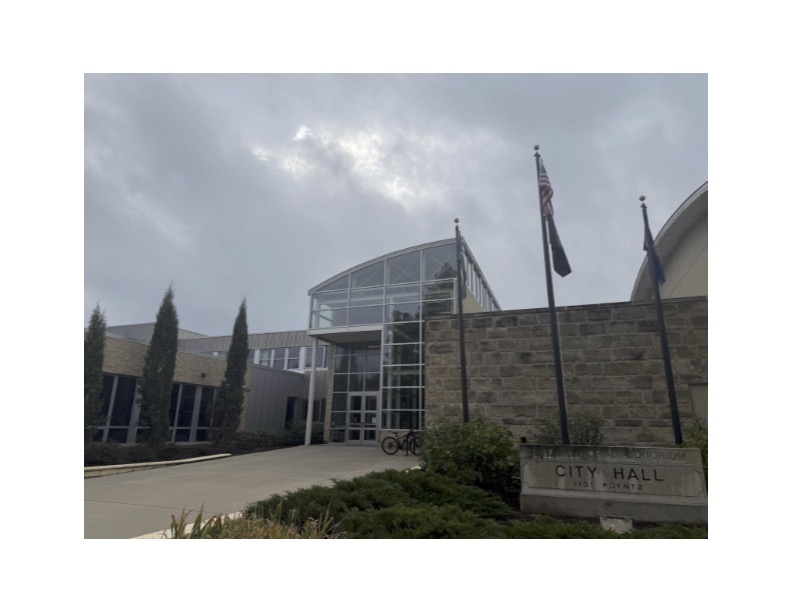




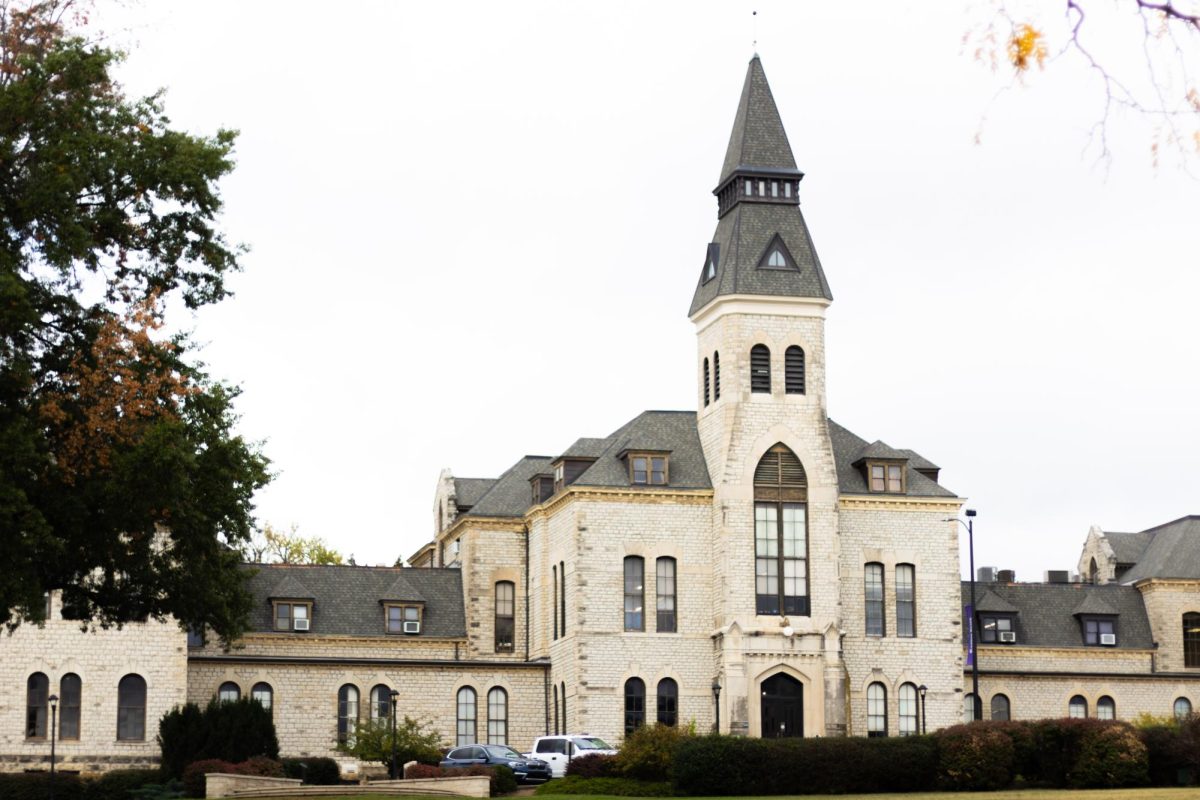

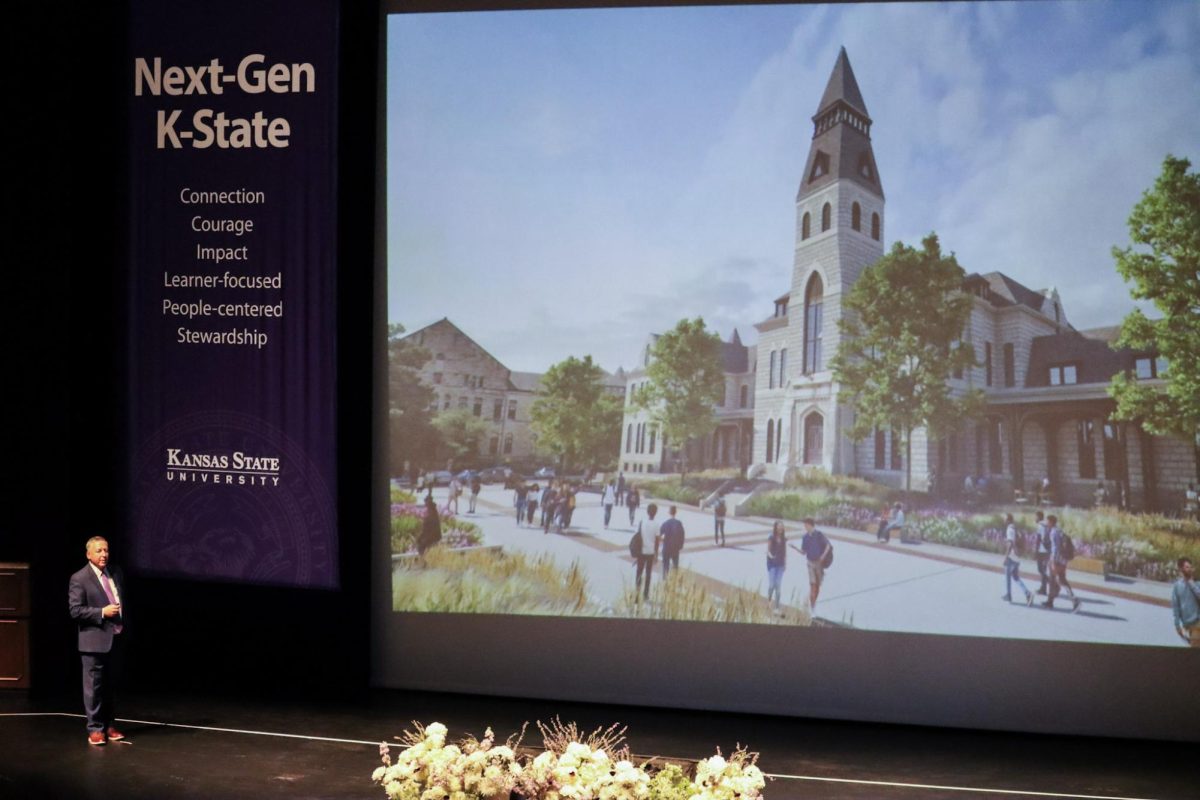










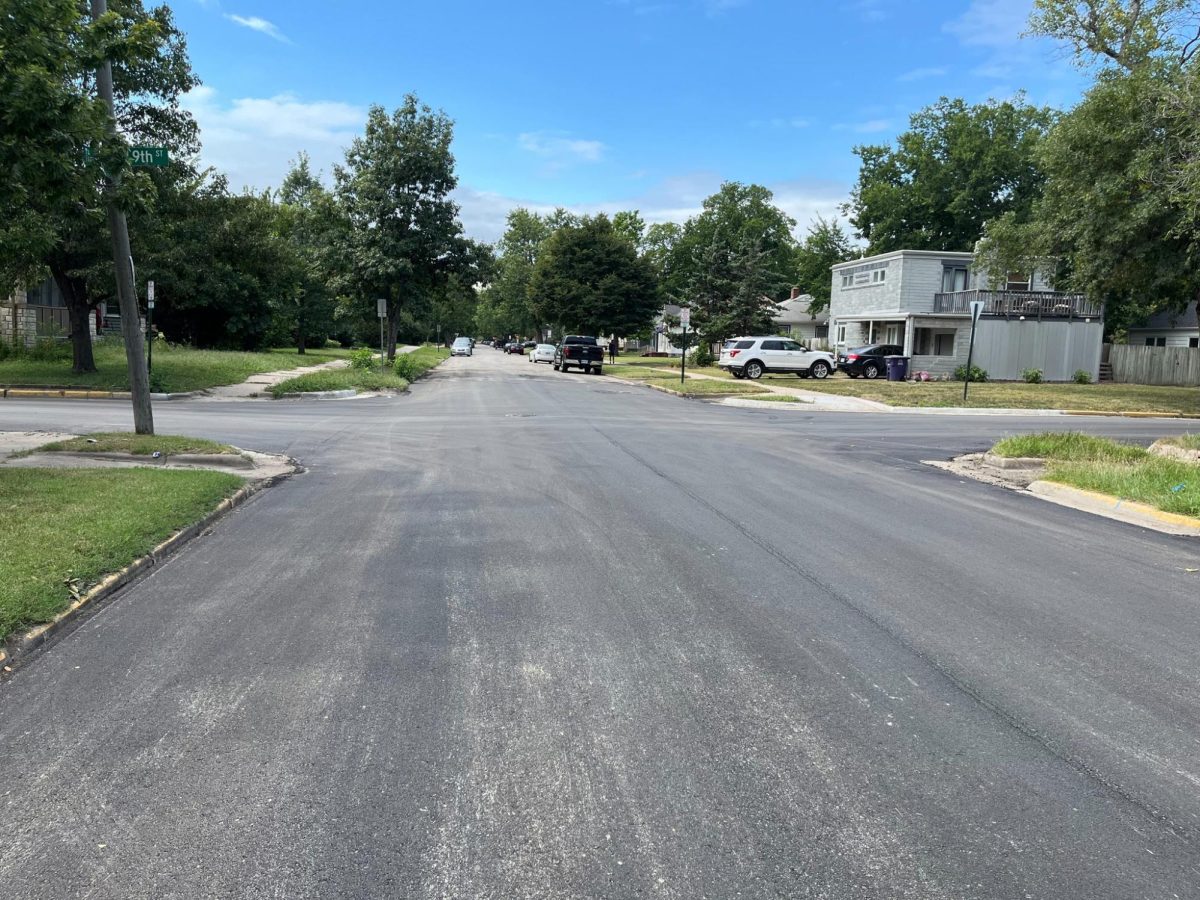



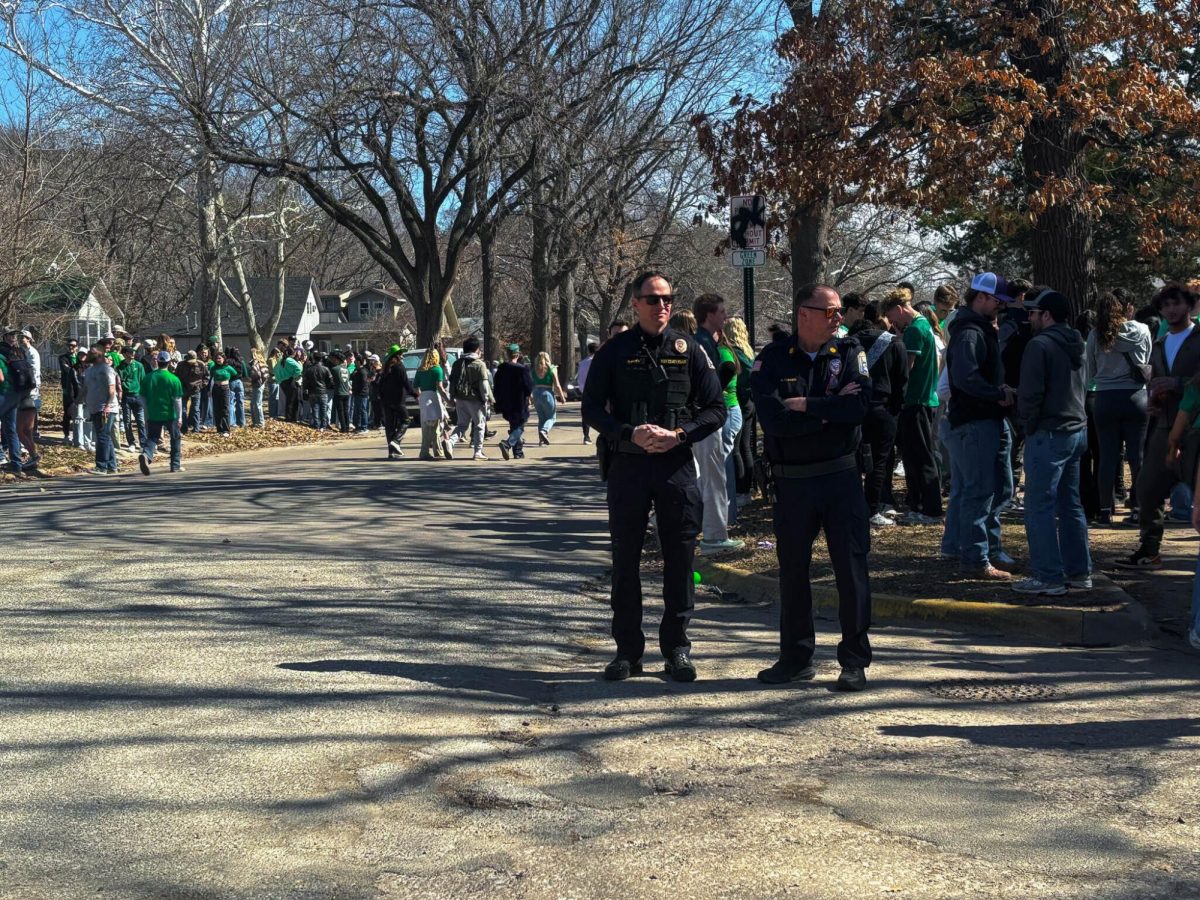






















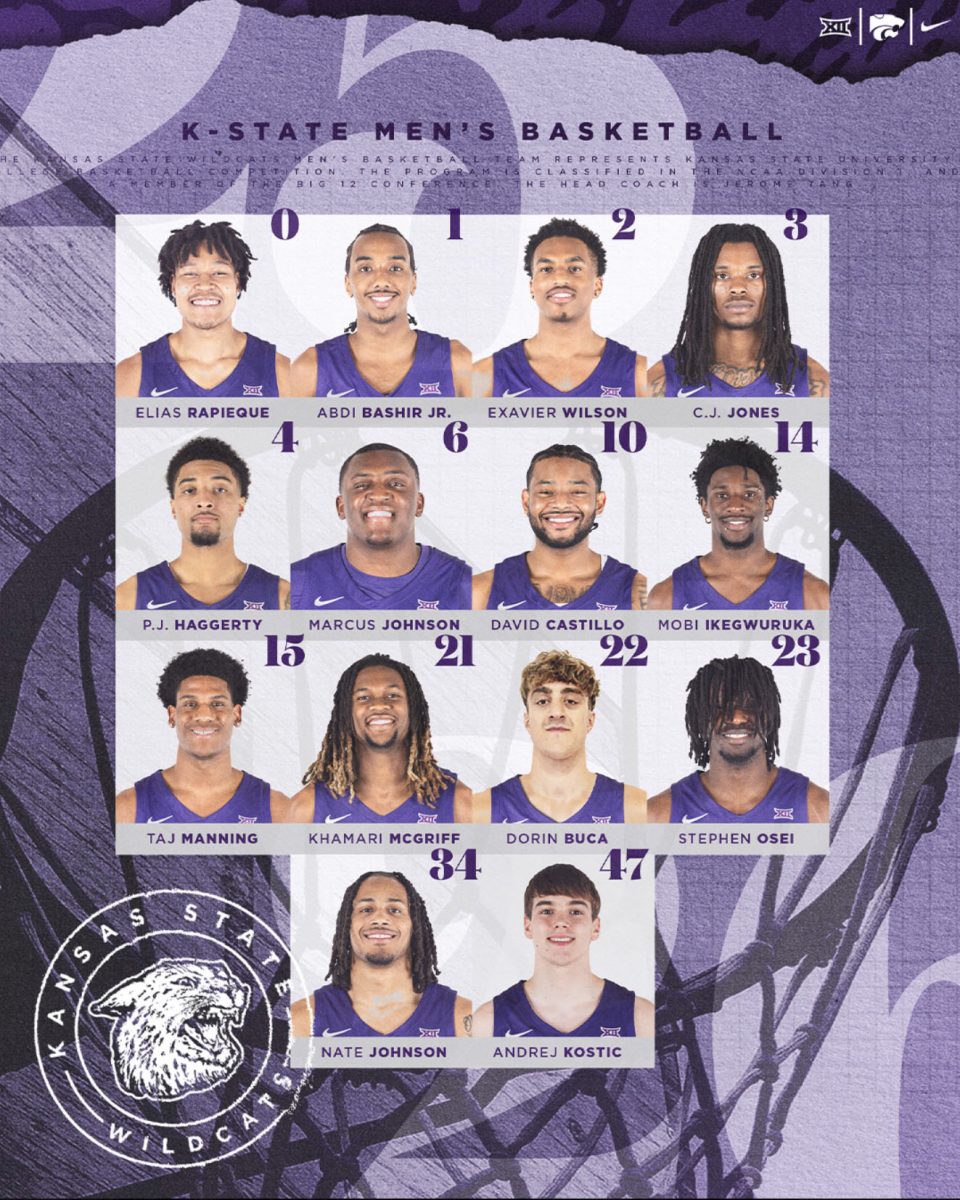

















































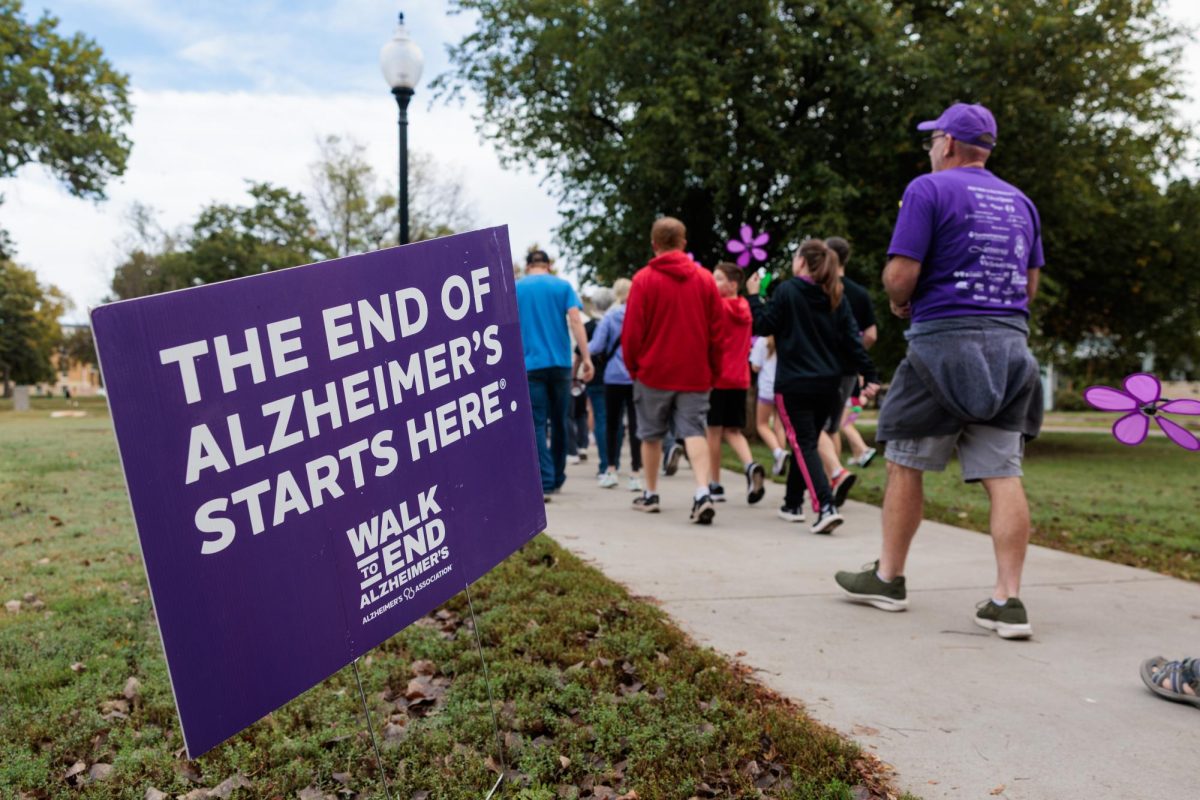




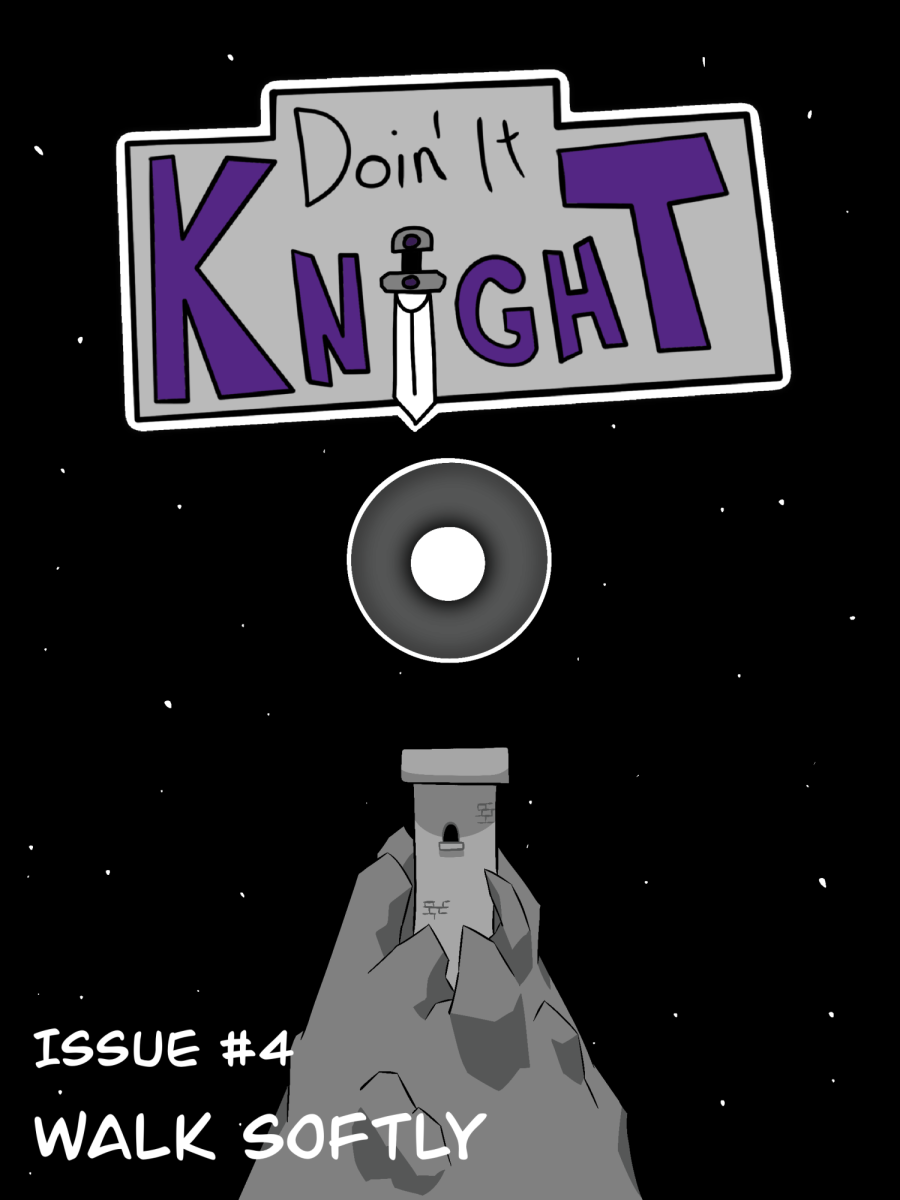






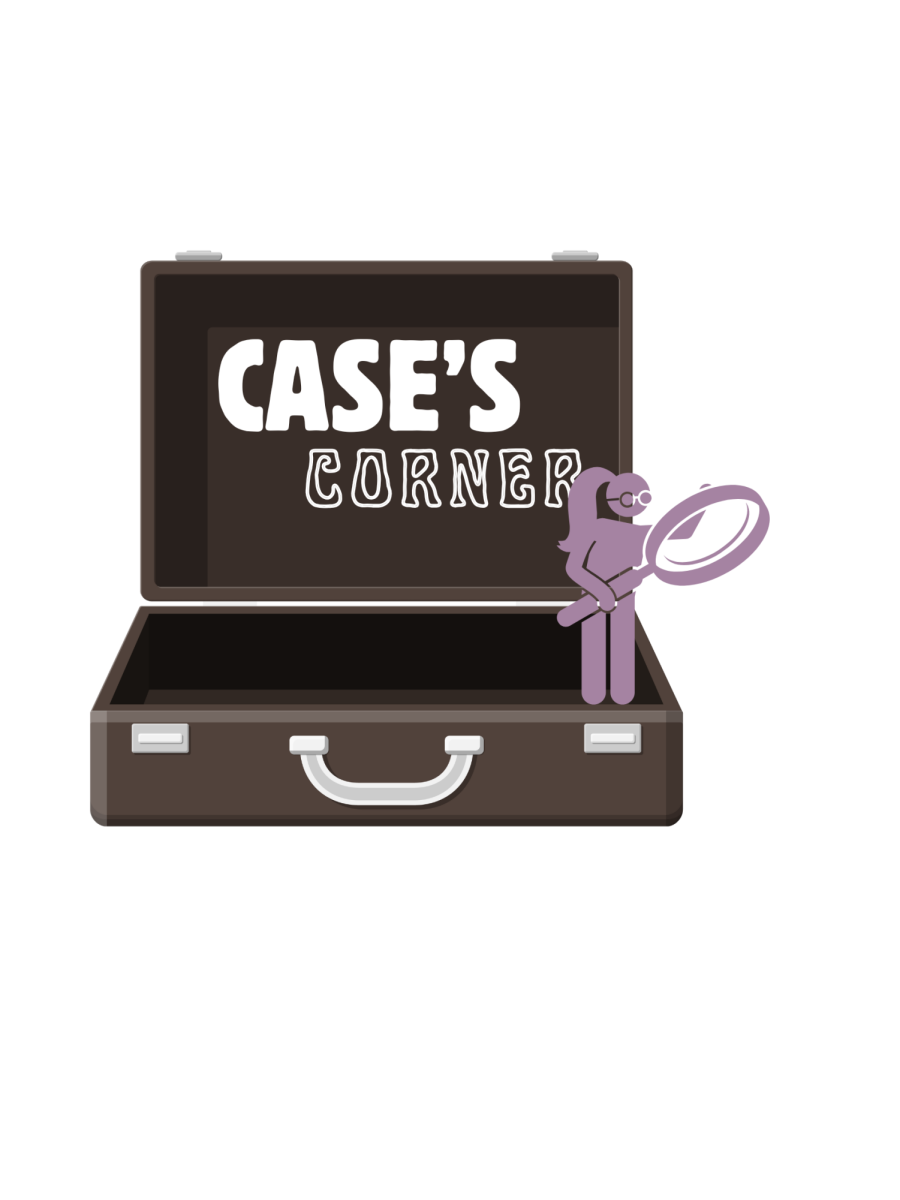

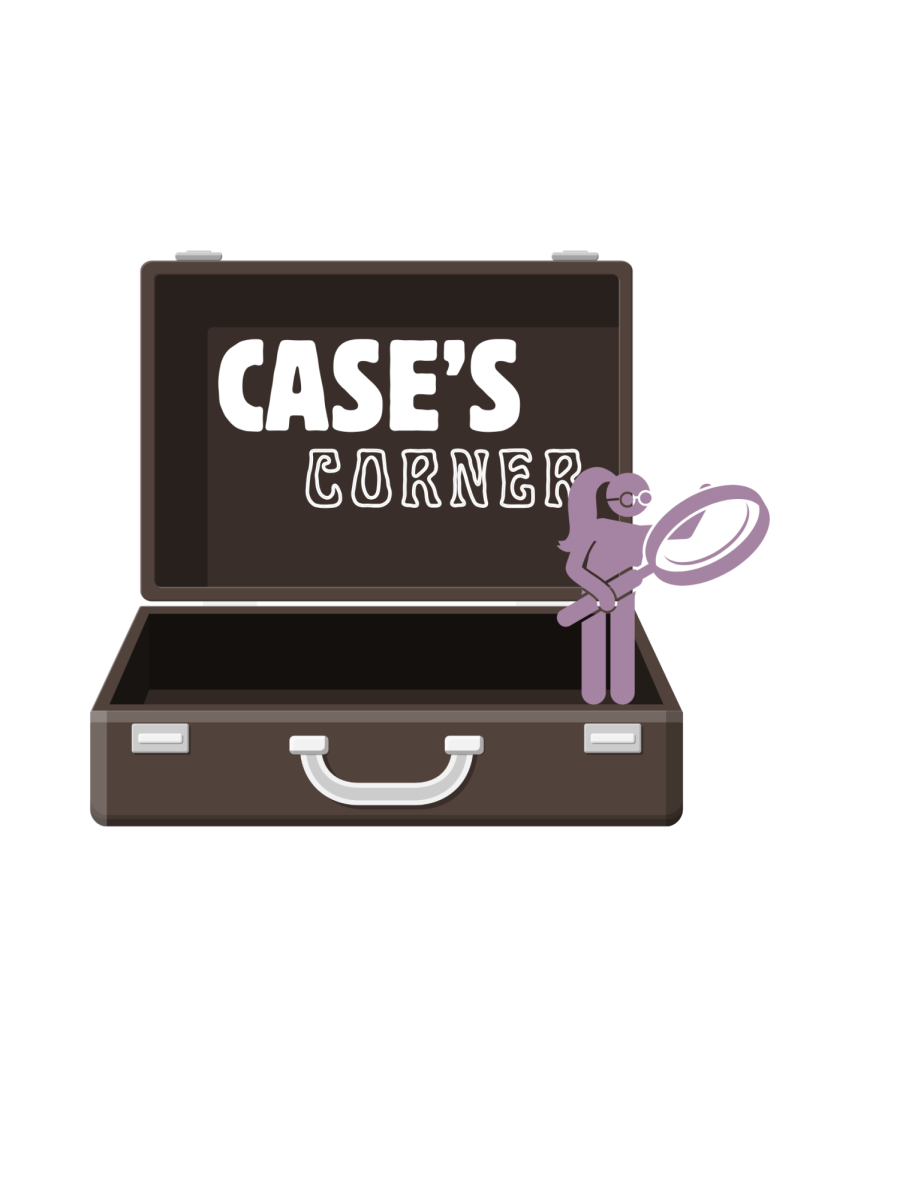

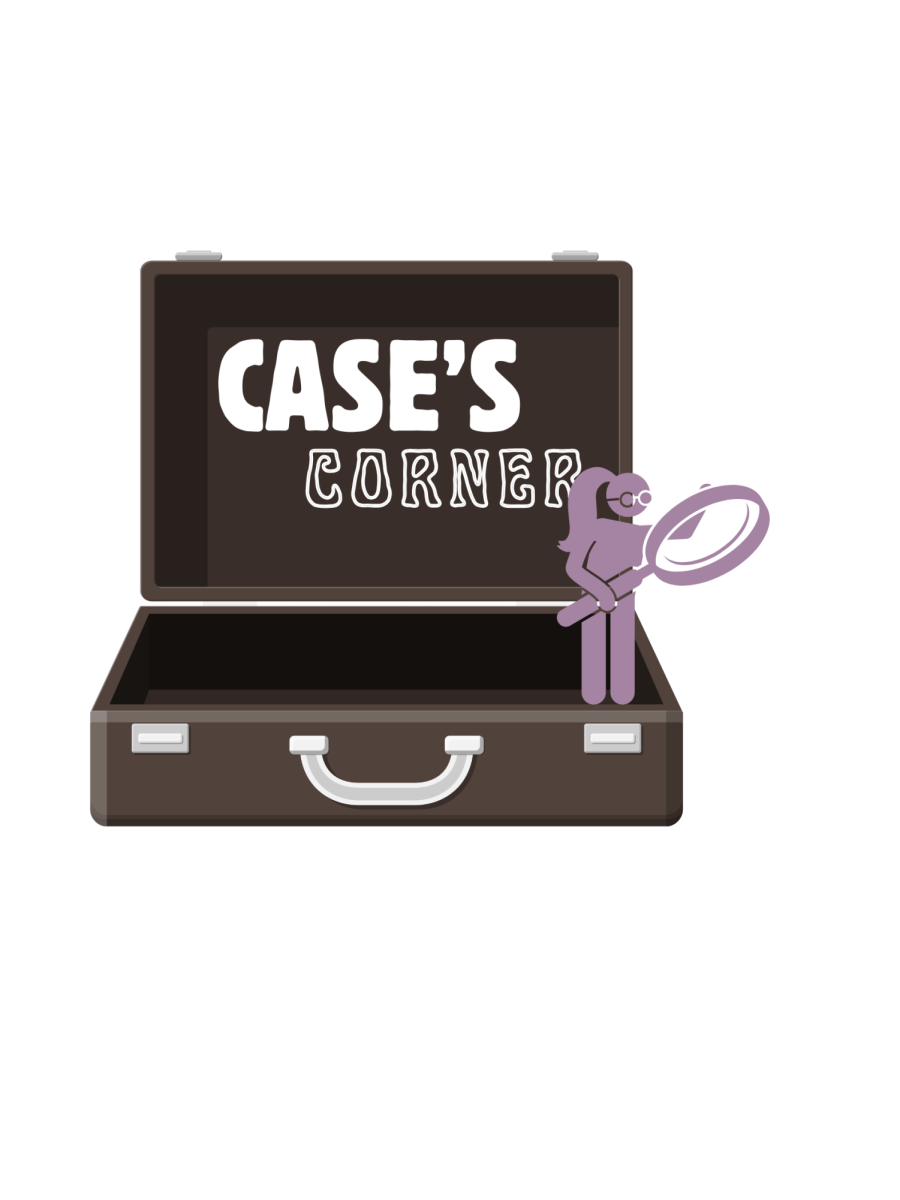







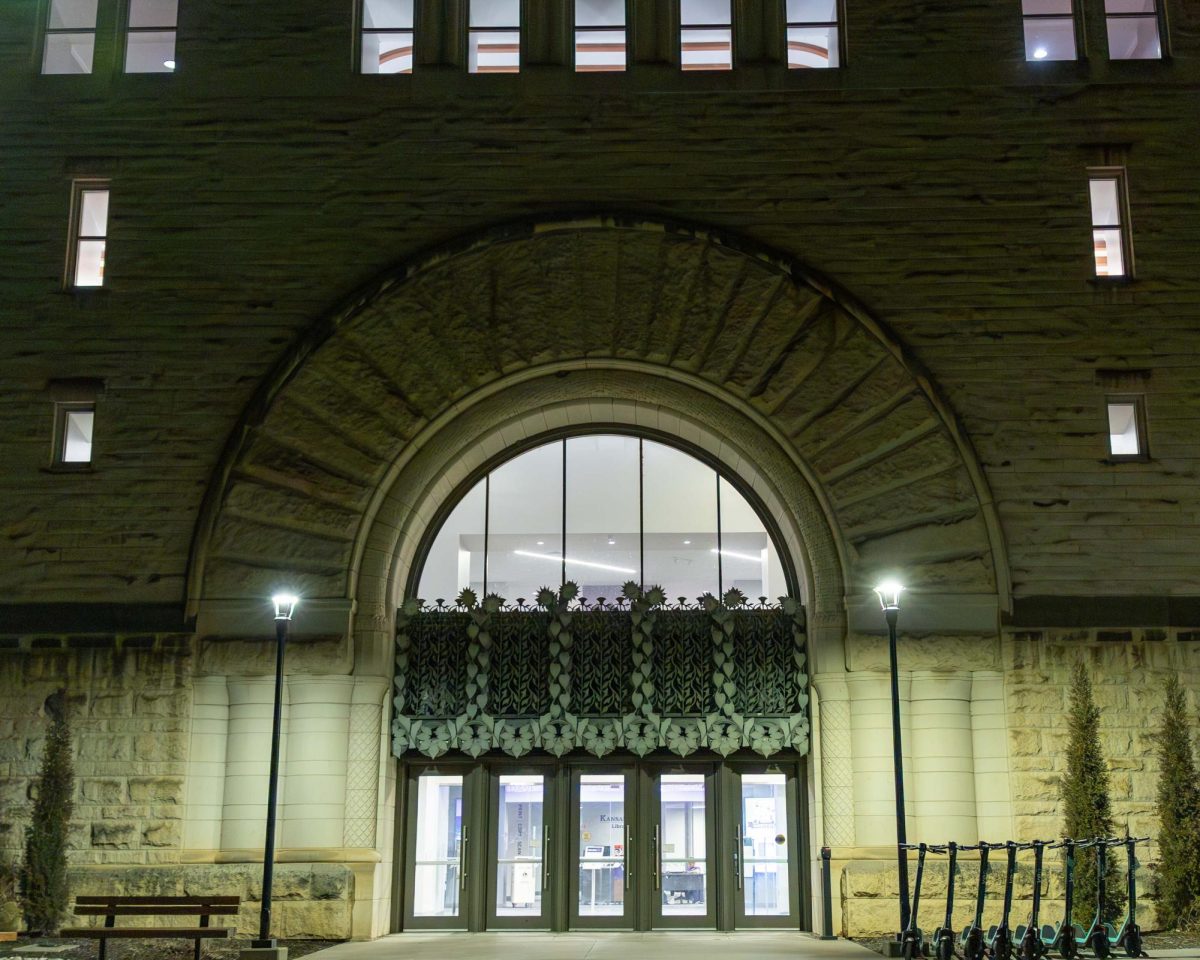
Jessica Case • Oct 7, 2025 at 10:26 am
Thx. For filling us in on how this affects us!